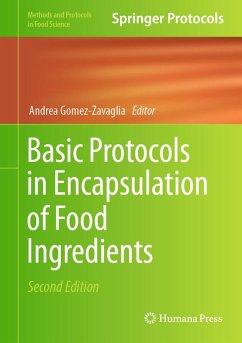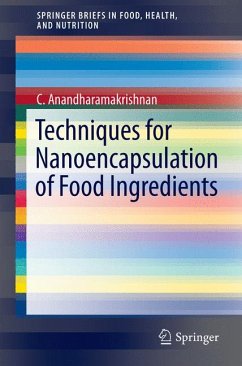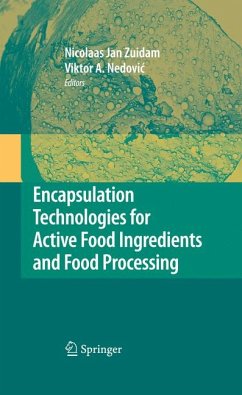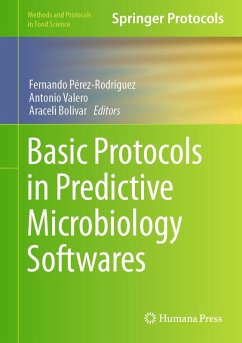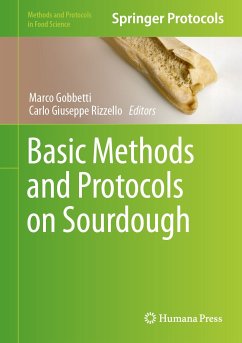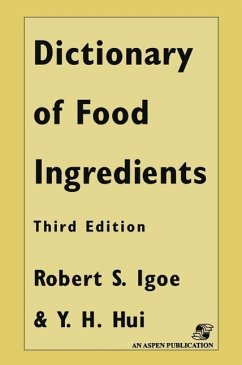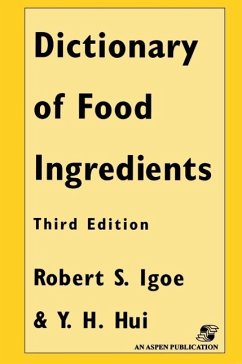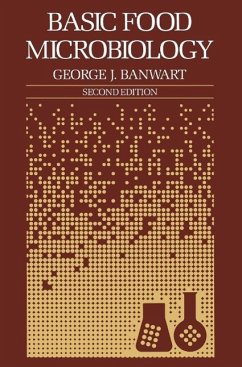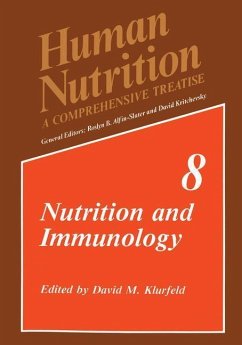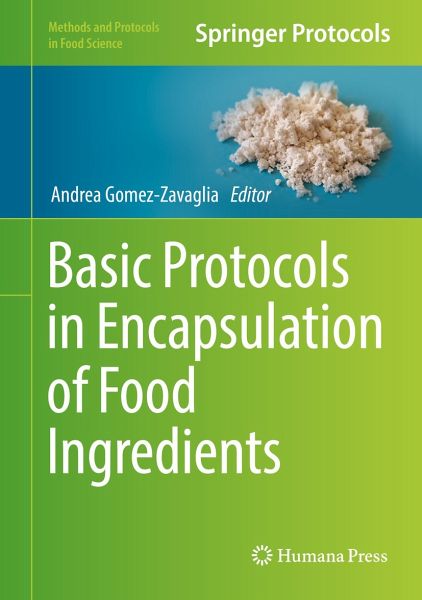
Basic Protocols in Encapsulation of Food Ingredients (eBook, PDF)
Versandkostenfrei!
Sofort per Download lieferbar
120,95 €
inkl. MwSt.
Weitere Ausgaben:

PAYBACK Punkte
60 °P sammeln!
This volume provides a comprehensive introduction into methods and procedures on encapsulation of sensitive food nucleus. Chapters guide readers through different strategies to encapsulate bioactive compounds and cells. Additionally, chapters will detail methods on three major issues; the nucleus to be encapsulated, the carrier material, and the encapsulation technique.Authoritative and cutting-edge, Basic Protocols in Encapsulation of Food Ingredients aims to give guidance on encapsulation techniques and an understanding on tools, materials, and supplies to implement innovative approaches.
This volume provides a comprehensive introduction into methods and procedures on encapsulation of sensitive food nucleus. Chapters guide readers through different strategies to encapsulate bioactive compounds and cells. Additionally, chapters will detail methods on three major issues; the nucleus to be encapsulated, the carrier material, and the encapsulation technique.
Authoritative and cutting-edge, Basic Protocols in Encapsulation of Food Ingredients aims to give guidance on encapsulation techniques and an understanding on tools, materials, and supplies to implement innovative approaches.
Authoritative and cutting-edge, Basic Protocols in Encapsulation of Food Ingredients aims to give guidance on encapsulation techniques and an understanding on tools, materials, and supplies to implement innovative approaches.
Dieser Download kann aus rechtlichen Gründen nur mit Rechnungsadresse in A, B, BG, CY, CZ, D, DK, EW, E, FIN, F, GR, HR, H, IRL, I, LT, L, LR, M, NL, PL, P, R, S, SLO, SK ausgeliefert werden.



